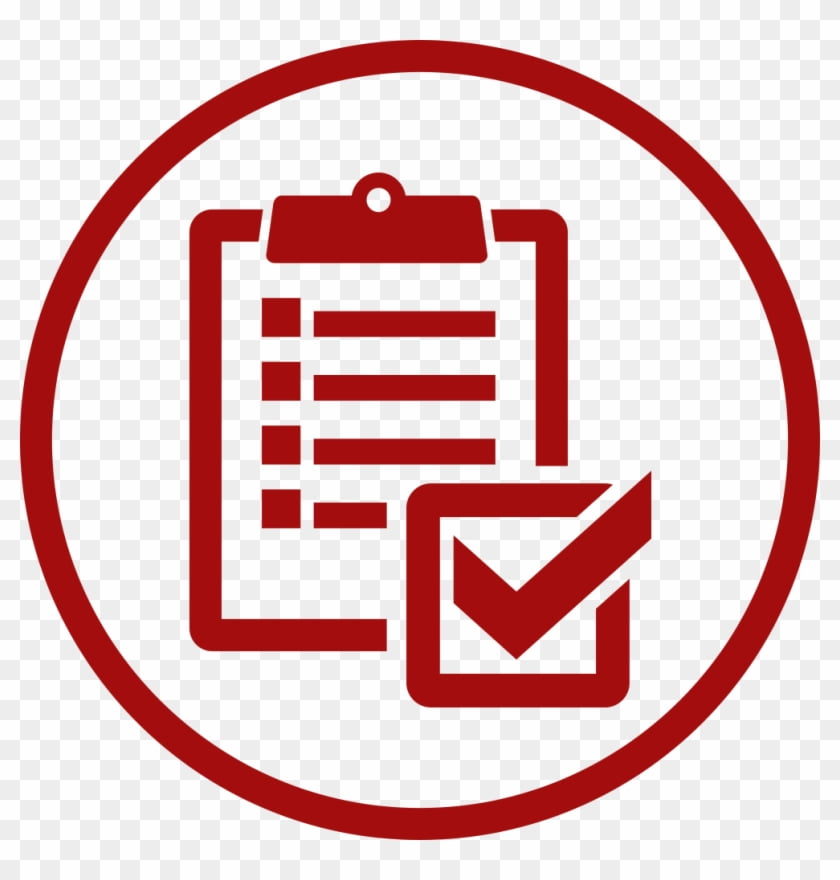How to Leverage Geofencing for Precision Marketing: 15 Strategic Steps
In today's dynamic business landscape, characterized by rapid technological advancements, organizations are perpetually seeking innovative methodologies to enhance customer engagement and amplify brand visibility. Geofencing, a sophisticated location-based marketing strategy, has emerged as a powerful tool in this pursuit. At its core, geofencing involves establishing a virtual perimeter around a specific geographical area, which could range from a retail outlet to an event space. Utilizing technologies like GPS, Wi-Fi, and cellular data, businesses can deploy targeted messaging, advertisements, and promotions to consumers who enter this defined zone. This article elucidates 15 pivotal steps for effectively employing geofencing in location-based marketing, supplemented with practical examples and actionable insights.
1. Grasping the Foundational Concept of Geofencing
Geofencing, in essence, is the creation of a virtual boundary around a real-world geographic location. This boundary activates when a mobile device enters or exits the designated area, triggering predefined actions such as sending notifications or displaying targeted ads. The effectiveness of geofencing hinges on understanding its technical underpinnings and its potential applications in various business contexts. Applying the principles of Spatial Computing, businesses can create immersive and context-aware experiences for their customers.
2. Defining Your Ideal Customer Persona
Before initiating a geofencing campaign, a clear understanding of your target market is paramount. Employing market segmentation techniques, analyze customer demographics, purchasing behaviors, and lifestyle preferences. This process allows you to identify the audience segments that are most likely to respond positively to location-based marketing initiatives. Consider, for instance, using the Value Proposition Canvas to ensure your offerings align with the needs and desires of your target customers.
3. Selecting the Appropriate Geofencing Platform
The market offers a plethora of geofencing platforms, each distinguished by its unique features, capabilities, and pricing models. A rigorous evaluation process is essential to identify a platform that aligns seamlessly with your business objectives and budgetary constraints. Factors to consider include the platform's accuracy, scalability, integration capabilities, and reporting features. Drawing from the principles of Strategic Decisions: A Comprehensive Framework for Risk-Informed Value Creation, ensure your platform selection mitigates potential risks and maximizes value.
4. Establishing Clear and Measurable Marketing Objectives
Defining specific, measurable, achievable, relevant, and time-bound (SMART) goals is crucial for a successful geofencing campaign. Whether your objective is to increase foot traffic, drive sales, enhance brand awareness, or improve customer engagement, clearly defined goals provide a roadmap for campaign design and performance evaluation. For example, you might aim to increase foot traffic by 15% within the next quarter using targeted promotions.
5. Crafting Engaging and Personalized Content
The content delivered through geofencing must be compelling, relevant, and personalized to capture the attention of the target audience. Employing principles of persuasive communication, craft messages and visuals that resonate with the specific needs and interests of your customers. Personalization, such as addressing customers by name or offering tailored recommendations, can significantly enhance engagement and conversion rates. Consider using A/B testing to refine your content and optimize its effectiveness.
6. Strategically Defining Geofence Boundaries
The precision with which you define your geofence boundaries directly impacts the effectiveness of your campaigns. Consider the physical layout of your store, the proximity of competitors, and the location of relevant events when establishing these boundaries. For instance, a retail store might create a geofence around a nearby conference venue to target attendees with exclusive offers. The principles of spatial analysis can be invaluable in optimizing geofence placement.
7. Integrating with Social Media Platforms
Extending your geofencing efforts to social media platforms can significantly amplify your reach and impact. By integrating geofencing with social media advertising, you can target users attending specific events or visiting particular locations with tailored messages and promotions. This synergy can lead to increased brand visibility, engagement, and conversions. Drawing inspiration from Boost Sales: 15 Actionable Customer Acquisition Strategies, leverage social media to acquire new customers within your geofenced areas.
8. Optimizing Campaign Timing
The timing of your geofencing messages is critical to their success. Consider the context and behavior of your target audience when scheduling your campaigns. For example, a restaurant might send lunchtime promotions to office workers in the vicinity, while a clothing store might target shoppers on weekend afternoons. Analyzing customer traffic patterns and purchase cycles can help you identify the optimal times to deploy your geofencing campaigns.
9. Rigorously Monitoring and Analyzing Results
Continuous monitoring and analysis of your geofencing campaigns are essential for identifying areas for improvement and optimizing performance. Track key metrics such as click-through rates (CTR), conversion rates, foot traffic, and return on investment (ROI). Employing data analytics tools and techniques, gain insights into customer behavior and campaign effectiveness. This data-driven approach enables you to make informed decisions and refine your geofencing strategies over time.
10. Personalizing the Customer Experience
Personalization is a key differentiator in today's competitive marketing landscape. Tailor your messaging and offers based on the customer's location, preferences, and past interactions. A personalized experience not only enhances engagement but also fosters customer loyalty. For example, a coffee shop might send a special birthday offer to customers who are near their location on their birthday.
11. Integrating Beacon Technology
Beacons, small Bluetooth-enabled devices, can augment your geofencing strategy by providing more granular location data and enabling more personalized interactions. By placing beacons within your store, you can send targeted notifications to customers as they move through different areas, offering tailored recommendations or promotions. This integration creates a seamless and interactive customer experience.
12. Leveraging Geofencing for Customer Retention
Geofencing is not solely for attracting new customers; it can also be a powerful tool for customer retention. By sending exclusive offers, loyalty rewards, or personalized greetings to existing customers when they are near your store, you can encourage repeat visits and foster long-term relationships. This approach leverages the principles of relationship marketing to build customer loyalty and advocacy.
13. Embracing Testing and Iteration
Continuous experimentation and refinement are essential for optimizing your geofencing campaigns. Employ A/B testing to compare different messages, geofence locations, and timings, and analyze their respective impacts. This iterative approach allows you to identify the most effective strategies and continually improve your campaign performance. Embracing a culture of continuous improvement is key to long-term success.
14. Prioritizing Privacy and Compliance
Respecting user privacy and complying with relevant regulations is paramount when implementing geofencing. Obtain explicit consent from users before collecting and using their location data, and provide clear and transparent information about how their data will be used. Adhering to privacy best practices builds trust and safeguards your brand reputation. Aligning with principles outlined in Communication Strategies: Building Trust and Enhancing Credibility, transparency is key to maintaining customer confidence.
15. Staying Abreast of Industry Trends
The field of geofencing is constantly evolving, with new technologies and strategies emerging regularly. Staying informed about the latest trends and best practices is crucial for maintaining a competitive edge. Attend industry conferences, read relevant publications, and engage with experts to expand your knowledge and refine your geofencing strategies. This proactive approach ensures that your campaigns remain effective and aligned with industry standards.
Conclusion and Recommendations
In conclusion, geofencing represents a potent strategy for businesses aiming to enhance their location-based marketing efforts. By diligently following these 15 strategic steps, organizations can craft personalized and impactful campaigns that resonate with their target audience. The effective application of geofencing principles necessitates a deep understanding of customer behavior, a commitment to data-driven decision-making, and a steadfast focus on respecting user privacy. Looking ahead, the integration of artificial intelligence (AI) and machine learning (ML) into geofencing platforms holds immense potential for further enhancing campaign targeting and optimization. Future research should explore the ethical implications of location-based marketing and the development of privacy-preserving geofencing technologies. Businesses should also consider the potential of hyperlocal marketing, which combines geofencing with real-time data to deliver highly relevant and contextualized messages. For instance, retailers could leverage hyperlocal marketing to alert customers to flash sales or limited-time offers based on their precise location within the store. Ultimately, the successful implementation of geofencing requires a holistic approach that balances business objectives with customer needs and ethical considerations.
Reader Pool: How can businesses ethically leverage geofencing technology to enhance customer experiences while safeguarding user privacy, and what innovative applications of geofencing do you foresee in the future?
Reference
- Strategic Decisions: A Comprehensive Framework for Risk-Informed Value Creation
- Boost Sales: 15 Actionable Customer Acquisition Strategies
- Communication Strategies: Building Trust and Enhancing Credibility
- Unlock Your Social Potential: A Guide to Conquering Shyness
- 15 Evidence-Based Strategies to Unlock Self-Awareness and Growth
```





No comments yet. Be the first to share your thoughts!